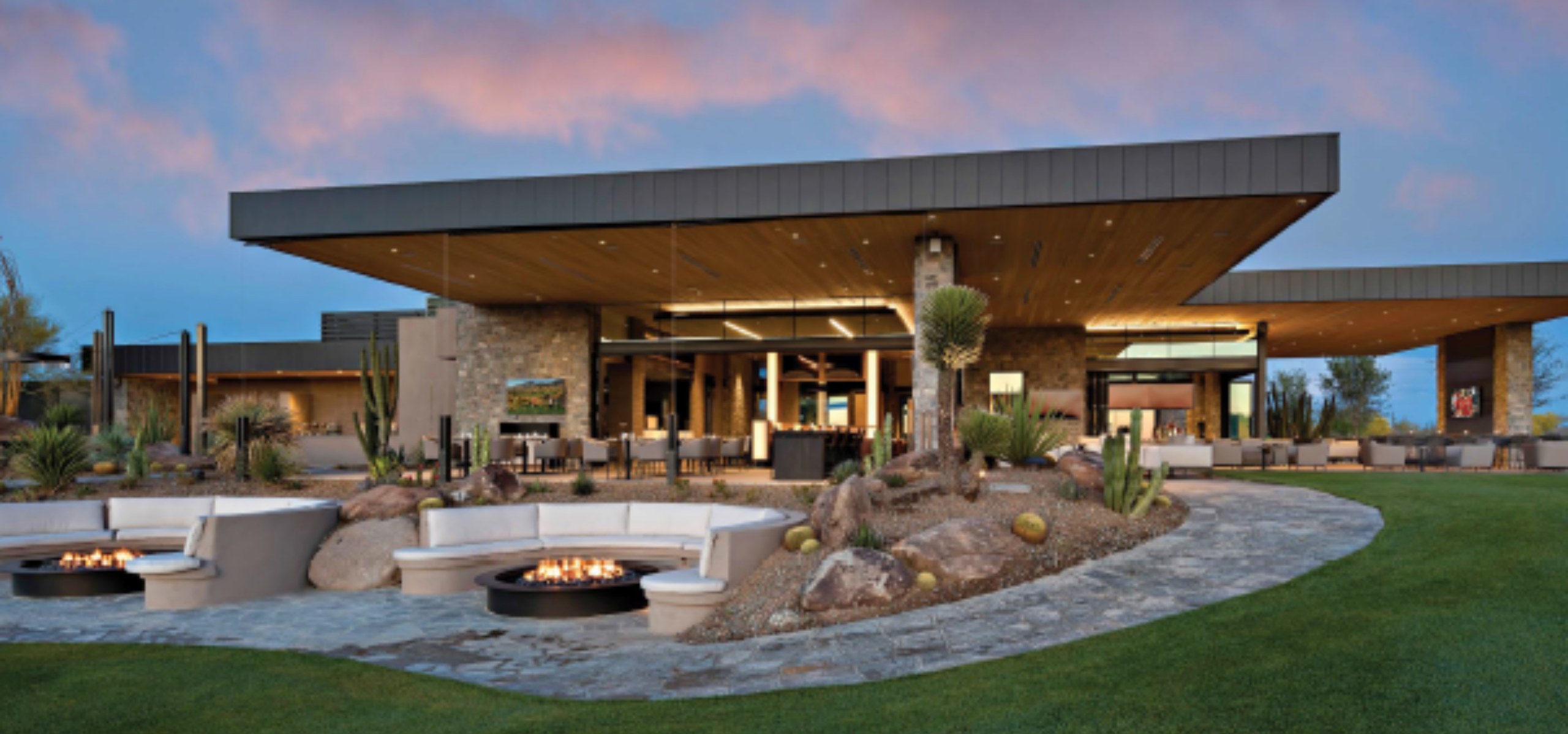Of all the club committees, none is more important that the nominating committee and none is less important than the executive committee. You may think it a radical thought, but before you dismiss it, consider the following rationale. One of the five principles of good governance is electing board members on their merits and not on their popularity, personal agendas, seniority or some other basis. Honoring that principle is best achieved via an uncontested election, where the number of candidates equals the board slots to be filled. An uncontested election requires two essential ingredients:
*An independent, objective nominating committee.
*A board-established profile that lists the requirements and desired characteristics of board members.”
Member trust in the uncontested election process is directly linked to their perception of the nominating committee’s integrity. To ensure that trust is nurtured, establish your nominating committee using the following guidelines:
Smaller is Better
The size of most club nominating committees is between five and seven members. Because of the high premium placed on the confidential proceedings of the committee, we prefer the smaller size.
Selecting the Chair
The key decision in forming the committee is the selection of its chair. Club bylaws often specify that the chair is selected by the president. Others may identify the immediate past president as the chair. Of the two approaches, we favor having the president select the chair, primarily to avoid the appearance of a self-perpetuating board. However, the importance of this decision calls for a board-approved set of criteria for the chair. For example, the board may require the president to select a chair based upon their reputation of integrity, independence and objectivity; their understanding of club governance; and their ability to lead a highly confidential vetting process.
Allow the Chair to Select Committee Members
Once the chair is designated, there is the selection of committee members. Some bylaws have the president selecting the committee members. For those clubs whose bylaws are not specific as to how committee members are chosen, we recommend leaving that decision to the newly appointed committee chair. If they have been selected using criteria like those listed above, they will recruit like-minded members to carry out this important role.
Define the Ideal Candidates
As important as selecting the right chair and committee members is the process used by the committee to prepare a slate of candidates. The board should approve a profile that includes both required and desired characteristics of board members. Further, we recommend the committee be held accountable to use the board profile to vet potential candidates. A properly formed nominating committee using a board approved process and referencing a board profile is best equipped to select a slate of highly qualified candidates for the board.
The Executive Committee
While the nominating committee has the most important role among club committees, we believe the executive committee has the least. Our concern with a board’s executive committee is that it can become a mini-board, i.e., it can make decisions that are best left to the entire board. One of the principles of good club governance is the board speaking with one voice. Having the executive committee stand in for the full board dilutes this principle and can result in board members not on the executive committee feeling like second class citizens.
Despite the threats to the one-voice principle, executive committees have a long history in clubs primarily for two reasons:
- There are board decisions that must be made between board meetings.
- There are matters calling for a group smaller than the board to handle.
Regarding the need for decisions between board meetings, the last two years have demonstrated how easy it is to call an online meeting of the board. If an issue requires a decision by the board, the president can email an invitation to board members and assemble an online meeting within days. Some bylaws require a notice period of a week or two before a special meeting of the board but many clubs have amended their bylaws to allow only a few days’ notice, given the ease with which board members can be contacted and made available for the meeting.
The second rationale for having an executive committee is the occasional need for a small group to handle a particularly sensitive issue or provide the general manager with counsel on a policy or a decision. While a smaller group is more efficient and may be more secure with sensitive information, we do not see an executive committee as the one-size-fits-all group. For example, if the behavior of a staff member may result in adverse publicity for the club, it may be best to assemble a group of board or club members based on their expertise and not their office. Similarly, if the general manager needs counsel on handling an issue or transaction, they can call on board members or club members best suited to offer the advice.
A final point: Although the common board size is nine members, many clubs have 12 or more members. These larger boards are more likely to lean on an executive committee for efficient decision making. However, the more these larger boards rely on their executive committees, the more likely the non-committee members will feel left out. If a board is unwieldy, reduce its size rather than creating a two-tiered board by depending on an executive committee to make intermediate decisions.
This piece was authored for the National Club Association‘s Summer 2022 Issue of Club Governance.








